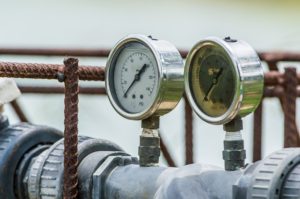 As we shared in an earlier post, RainBank Rainwater Systems and Contain Water Systems Inc. are attending the 16th annual American Rainwater Catchment Systems (ARCSA) conference in Las Vegas December 4th through the 8th.
As we shared in an earlier post, RainBank Rainwater Systems and Contain Water Systems Inc. are attending the 16th annual American Rainwater Catchment Systems (ARCSA) conference in Las Vegas December 4th through the 8th.
While we’re working hard to learn new ways to bring the most modern rainwater harvesting products and practices to you, here’s an oldie, but goodie from January 2015, that talks about decentralized water systems.
Rainwater collection, a simple source for decentralized water, can be the answer to our aging, centralized water systems. With expected increased demand from high density development and the high cost of upgrading infrastructure to meet those demands, water will become the new commodity. Much has been discussed about privatization of water districts in order to fund these expenses, turning these districts into “for profit” businesses. Large corporations such as Nestlé are actively pursuing this new business model.
What effect will privatization and profit generating water companies have on water supplies? Will Wall Street play a part in the trading, much like oil or any other commodity? What then will happen to the average consumer? What level will supply and demand hold on the price and pricing of water?
Rainwater collection and use can play an important role in not only supply, but potentially help keep costs down for the consumer and water districts. Simple water conservation, along with collection can decrease supply and demand by supplementing centralized water. A rainwater collection system used only for toilet flushing and laundry facilities can save the average home 50% of its use. Commercial buildings can supply their irrigation and toilet flushing needs with rainwater collection while saving thousands of cubic yards of centralized water consumption.
The supply and demand of centralized water can be mitigated with rainwater collection on a large scale by small supplementary rainwater collection systems for commercial and residential use.
If you can’t attend the ARCSA conference, be sure to stop back here for an update from us.

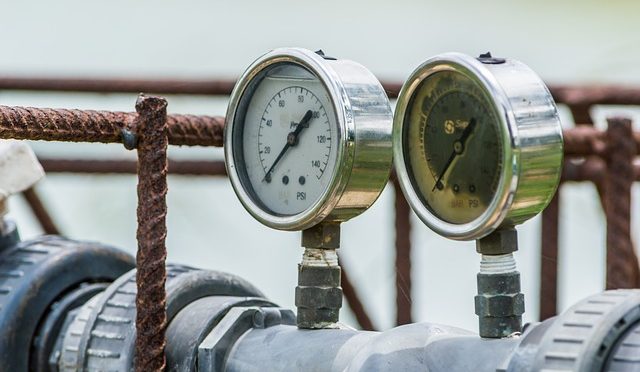
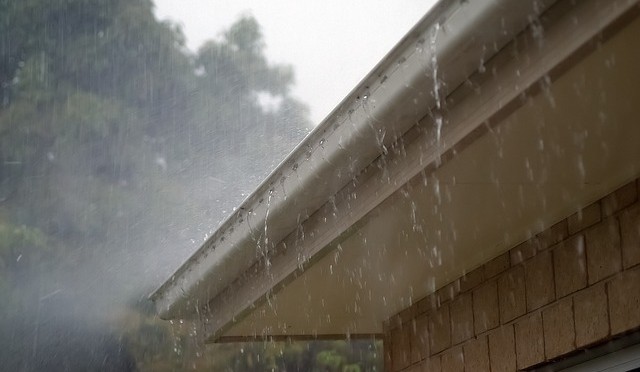
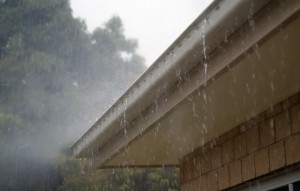 Rainwater collection has become an integral part of Seattle’s construction projects, starting with design and architecture, to be in compliance with the new 2016 stormwater and drainage codes. Collection and beneficial use can be key components toward compliance with these codes, which is especially important at the architectural design stage.
Rainwater collection has become an integral part of Seattle’s construction projects, starting with design and architecture, to be in compliance with the new 2016 stormwater and drainage codes. Collection and beneficial use can be key components toward compliance with these codes, which is especially important at the architectural design stage.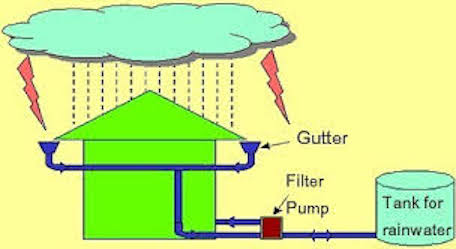
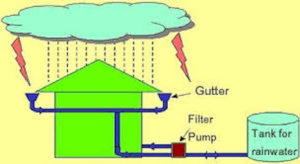 Simply put, Rainwater Collection is the practice of collecting and storing rain for future use. A Rainwater collection system combines components to collect, convey, and store for beneficial use. This can be as simple as rain barrels or a more complex system for potable drinking water. Both are important and have large scale benefits environmentally and socially.
Simply put, Rainwater Collection is the practice of collecting and storing rain for future use. A Rainwater collection system combines components to collect, convey, and store for beneficial use. This can be as simple as rain barrels or a more complex system for potable drinking water. Both are important and have large scale benefits environmentally and socially.